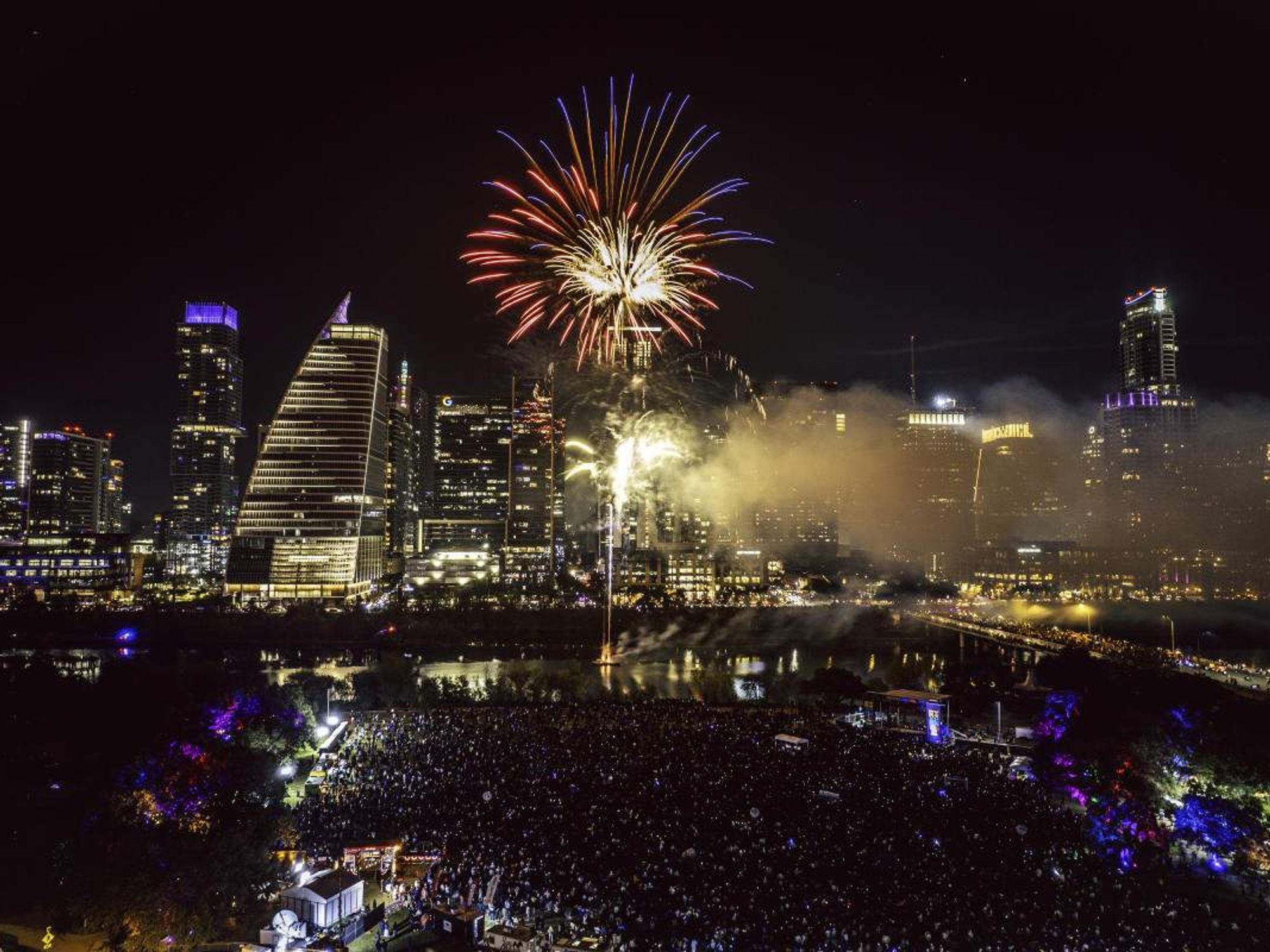Central Texas Growth
Austin and 3 suburbs boom among the nation's fastest-growing cities

New figures from the U.S. Census Bureau underscore just how much bigger the Austin metro area is getting. According to Census Bureau data released May 24, Austin — and three of its suburbs — ranked among the fastest-growing cities in the U.S. from 2016 to 2017.
From July 1, 2016, to July 1, 2017, Austin's population swelled by 12,515 residents, elevating the total population to 950,715 as of last July. That makes the Capital City the No. 12 fastest-growing large city in the U.S. based on number of new residents, according to the Census Bureau.
On a percentage basis, three Austin suburbs were among the 15 fastest-growing U.S. cities with at least 50,000 residents.
In third place for percentage growth was Pflugerville, which registered a 6.5 percent jump in population during the one-year period. It was home to 63,359 people as of last July.
Shontel Mays, president and CEO of the Pflugerville Chamber of Commerce, says it’s no surprise that Pflugerville ranked third for population growth from 2016 to 2017.
“Businesses are attracted to Pflugerville because of our affordability, infrastructure, and business-friendly environment. We have the space they need, a skilled workforce, and a great location along major transportation routes,” Mays says.
“We’re fortunate that we’ve seen the growth coming and have had leaders in place to plan for it,” she adds. “We’re prepared to continue growing in a way that benefits Pflugerville businesses and families.”
Georgetown held down the No. 6 spot, with a 5.4 percent population spike. The city had 70,685 residents as of last July. Cedar Park ranked 13th, with a 4.2 percent growth rate. In July 2017, it had a population of 75,704.
But the Austin area wasn't the only big gainer in the Lone Star State.
Neighboring San Antonio was the fastest-growing large city in the country based on total new residents. San Antonio’s population grew by 24,208 and stood at 1,511,946 as of July 1, 2017. “That’s a growth rate of 1.6 percent. This growth was enough to push San Antonio’s population above the 1.5 million mark,” Census Bureau demographer Amel Toukabri says in a release.
Dallas ranked third for numeric growth among large cities, adding 18,935 residents and landing at a population of 1,341,075. Fort Worth was in fourth place with 18,664 new residents; as of last July, Fort Worth’s population was 874,168. No. 9 on the list of fastest-growing cities was the Dallas-Fort Worth suburb of Frisco, adding 13,470 residents and reaching a population of 177,286.
Frisco also ranked No. 1 for percentage growth, notching an 8.2 percent increase in population from 2016 to 2017. Right behind Frisco at No. 2 was the San Antonio suburb of New Braunfels, with a growth rate of 8 percent. As of last July, its population stood at 79,152. DFW suburbs McKinney and Flower Mound ranked Nos. 9 and 11, with growth rates of 4.8 percent and 4.3 percent, respectively.

 Say goodbye to 2025 and hello to 2026. austintexas.org
Say goodbye to 2025 and hello to 2026. austintexas.org